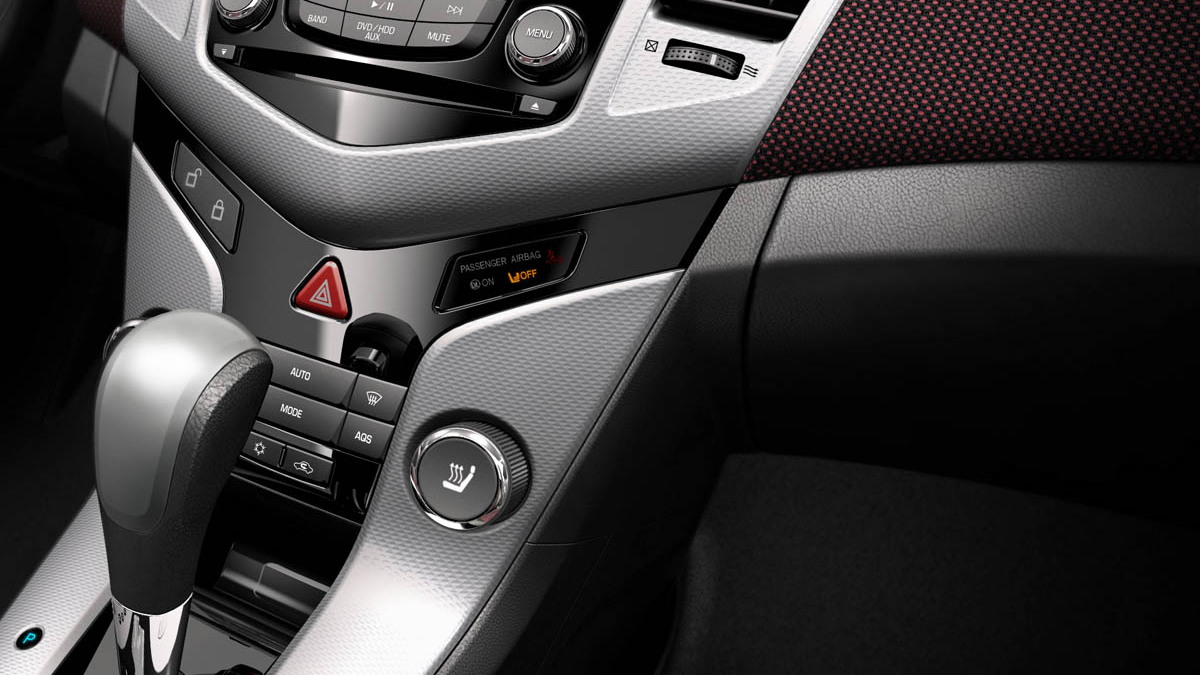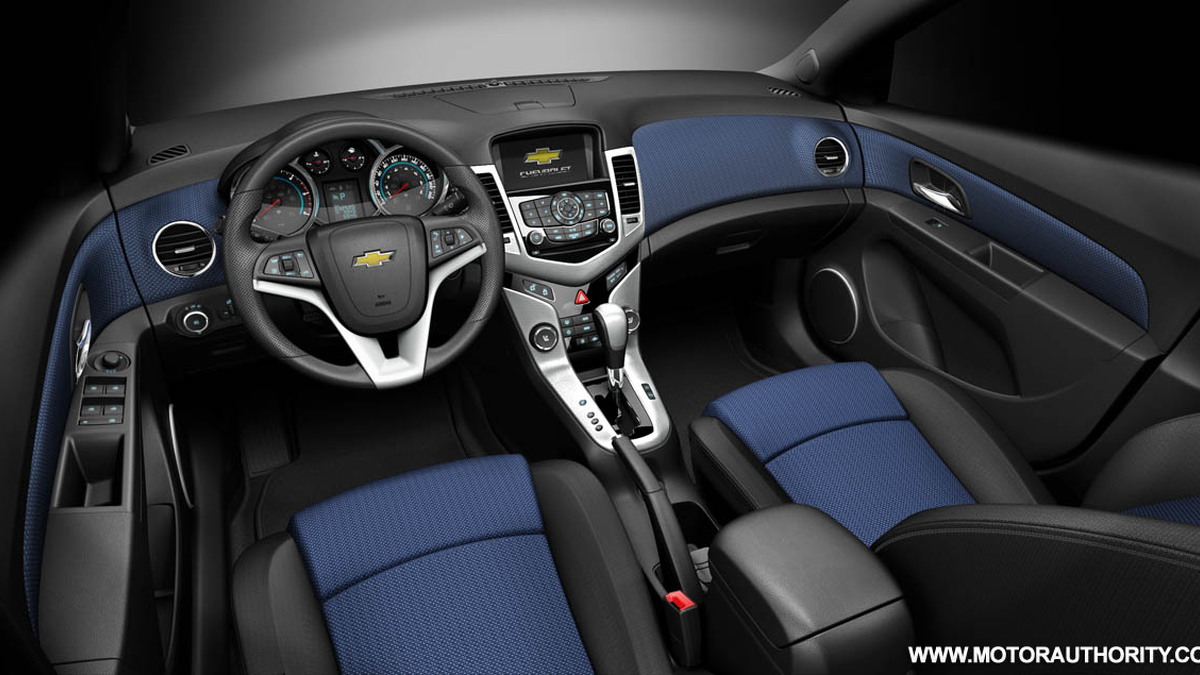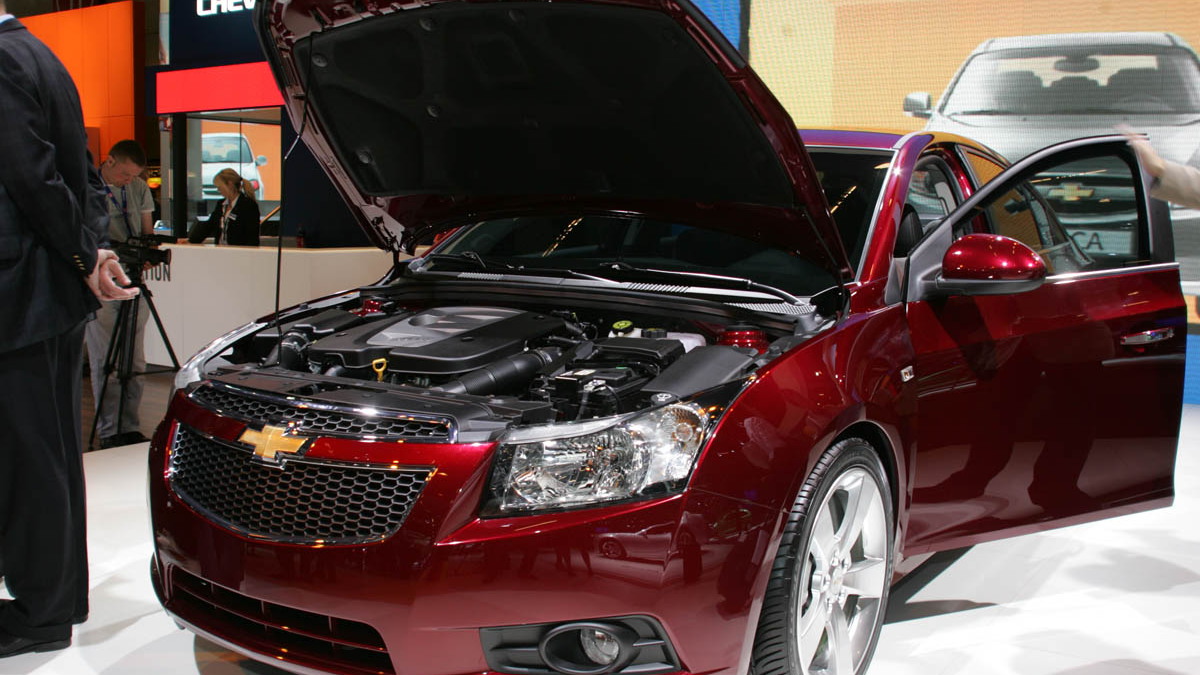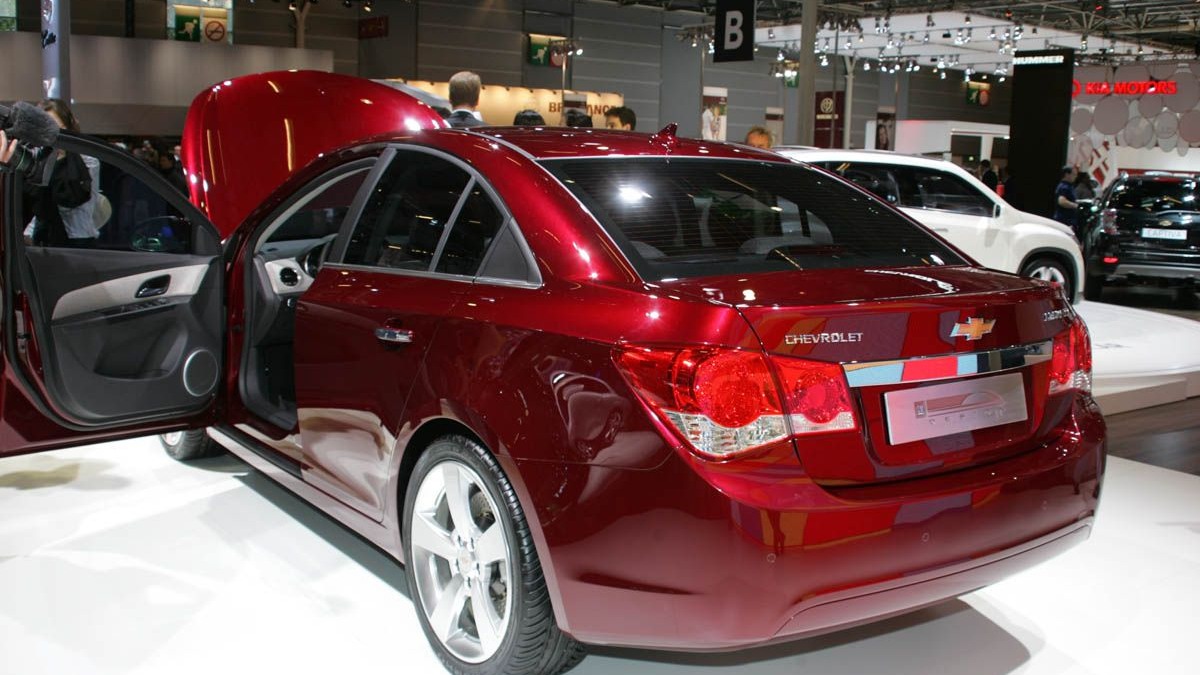Production of the Cruze will be global, with plants in South Korea, Russia and the U.S. all chosen to build the car. Because of its global presence, the need for different bodystyles is intensified, as European markets strongly prefer hatchbacks to sedans, and don't have the apparent stigma associated with wagons many Americans seem to hold. The beauty of building for those different markets means that once the tools are built, they can be used to expand the lineup in any of the other markets as well, reports Automotive News.
"And as soon as you have a tool set, you have variation which you can create basically at no cost. You have a customer advantage if you make a little modification while you're doing that," said Hans Demant, vice president of engineering for GM Europe. Despite the numerous variants possible, however, the Cruze will have a limited set of drivetrains that will be available in most markets, which in Europe includes two petrol engines that measure 1.6 and 1.8L and develop 112hp (82kW) and 140hp (103kW) respectively. A 2.0L turbodiesel that develops 150hp (110kW) and 320Nm of torque is also on tap. In America, the car is expected to be powered by a 1.4L turbo four-cylinder rated at about 40mpg (5.88L/100km) highway, and 30mpg (7.8L/100km) in the city. A five-speed standard and a six-speed automatic will be the only gearbox choices.
The Cruze isn't even on sale yet, despite a Paris Motor Show debut earlier this month that revealed essentially every detail of the upcoming car. Talk of delaying the car's production is ongoing as well, with the global economic slowdown and slumping car sales to blame. GM expects the current market difficulties to begin easing by 2010, however, so that could give the Cruze a timeframe of 2010-2011, depending on how much of a delay is necessary.






